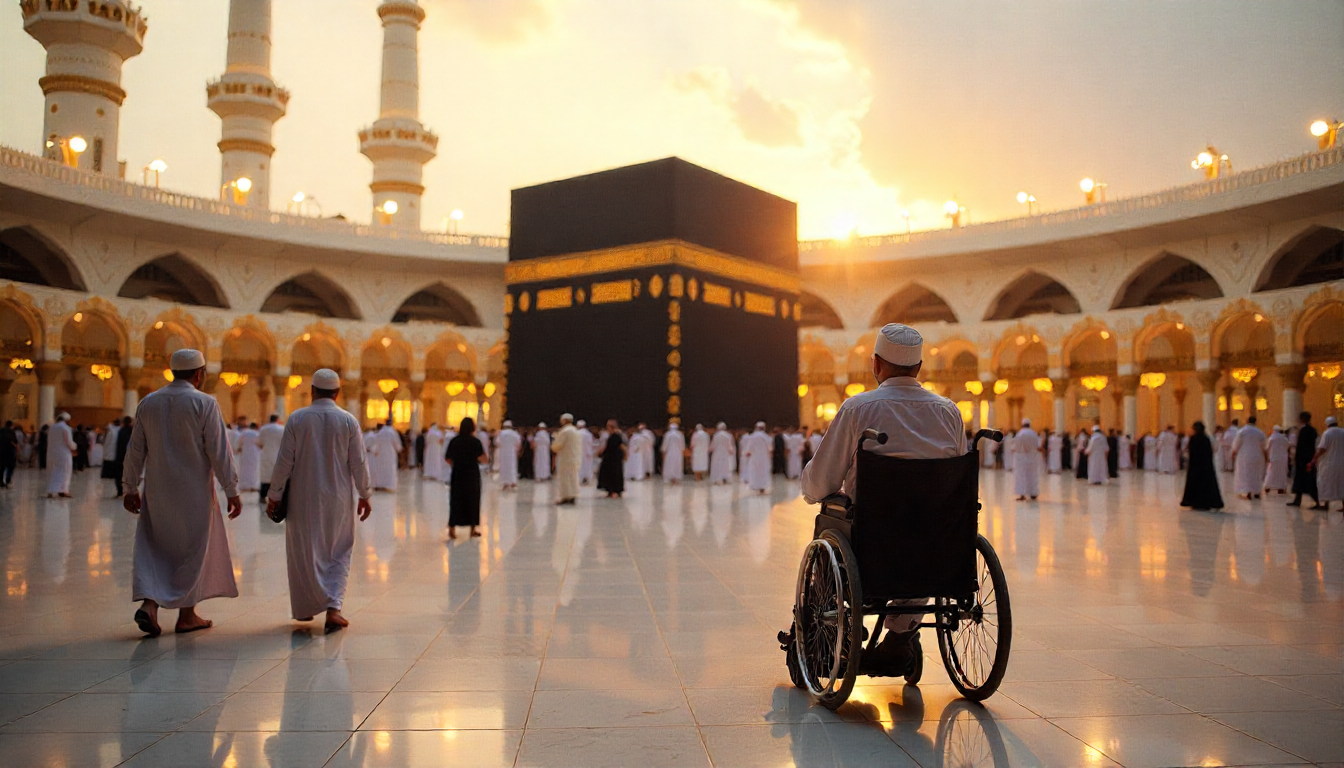Visiting the Haramain, which includes the sacred cities of Makkah and Madinah, is a dream for millions of Muslims around the world. Every year, pilgrims come from diverse countries, cultures, and backgrounds to perform Umrah or Hajj. Among them are elderly pilgrims, people with mobility challenges, and those who need additional support to complete the rituals comfortably. For these pilgrims, accessibility plays a crucial role in ensuring that their journey is both spiritually fulfilling and physically manageable.
In recent years, Saudi Arabia has invested heavily in making the holy sites more accessible. Wheelchair services, ramps, designated prayer areas, and advanced transport systems have been introduced to help those with special needs. Many Umrah Packages now highlight these accessibility features, ensuring that every pilgrim, regardless of mobility, can complete their journey with ease. This guide explores everything you need to know about wheelchair use and accessibility in the Haramain so you can plan your pilgrimage with confidence.
What Accessibility in the Haramain Means
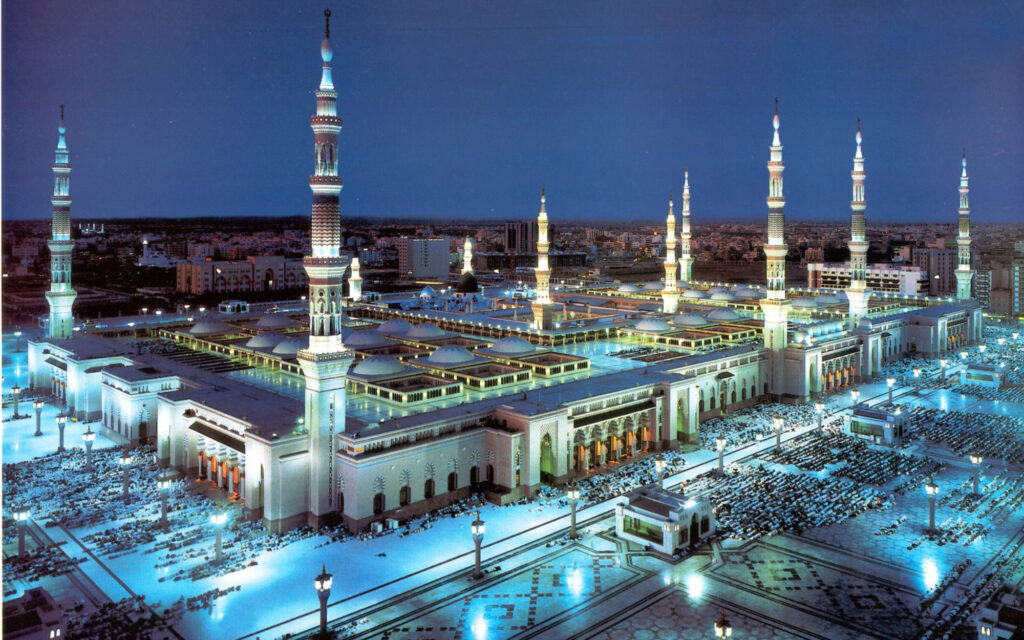
Accessibility in the Haramain refers to the facilities and services that ensure pilgrims with mobility issues, disabilities, or advanced age can perform their rituals without difficulty. These include wheelchair rentals, electronic mobility devices, accessible prayer spaces, ramps, elevators, and specialized staff to assist pilgrims.
It is important to understand that accessibility is not just about convenience. It is a matter of inclusivity and dignity, allowing every pilgrim, regardless of their physical ability, to fulfill their spiritual obligations with ease.
Importance of Accessibility for Pilgrims
Performing rituals such as Tawaf, Sa’i, and prayer inside the Haram requires a significant amount of walking and physical effort. For some pilgrims, this can be overwhelming. Accessibility measures provide a way for them to engage in worship without unnecessary hardship.
In addition, accessibility ensures safety. Without proper facilities, pilgrims with mobility issues may risk injury in crowded areas. Wheelchairs, designated zones, and organized routes reduce these risks and contribute to a smoother experience.
Wheelchair Options in the Haramain
One of the most common accessibility aids in Makkah and Madinah is the wheelchair. These are available in different types to suit the needs of various pilgrims. Manual wheelchairs can be used with the help of family members or assistants, while electric wheelchairs and scooters allow greater independence for the user.
Wheelchairs are available for rent inside the Haramain as well as from local shops and hotels. Many pilgrims prefer renting them in advance to ensure availability, especially during peak times such as Ramadan and Hajj season.
How to Rent a Wheelchair in Makkah
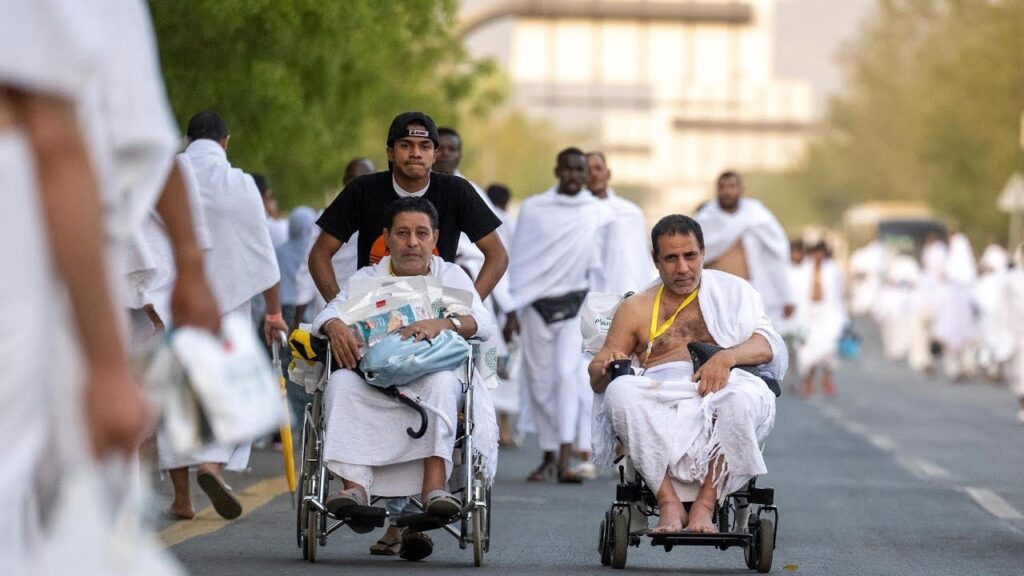
Renting a wheelchair in Makkah is a straightforward process. The Grand Mosque (Masjid al-Haram) provides rental counters where pilgrims can request manual or electronic wheelchairs. Some hotels also have arrangements with rental companies and can deliver wheelchairs directly to guests.
The cost varies depending on the type of wheelchair. Manual wheelchairs are usually more affordable, while electric scooters or battery-operated chairs are more expensive but provide more independence. Pilgrims should always confirm the rental terms, including duration, deposit requirements, and return policies.
Wheelchair Accessibility in Tawaf
Tawaf, the act of circling the Kaaba seven times, is one of the most essential rituals of Umrah and Hajj. For wheelchair users, designated pathways are available on specific floors of the Haram. These pathways are wider, smoother, and less crowded, allowing for a safe and comfortable experience.
There are also organized services where trained staff push the wheelchair for the pilgrim during Tawaf. This is particularly helpful for elderly pilgrims or those who do not have family members accompanying them.
Accessibility in Sa’i Between Safa and Marwah
Sa’i, the ritual of walking between the hills of Safa and Marwah, covers a distance of around 3.5 kilometers. For pilgrims with mobility challenges, this can be exhausting. Fortunately, the Haram provides accessible tracks specifically designed for wheelchairs.
These tracks run parallel to the walking area and are equipped with smooth flooring to make the journey easier. Electric scooters are also permitted on these tracks, allowing pilgrims to complete Sa’i with less strain.
Accessibility in the Prophet’s Mosque in Madinah
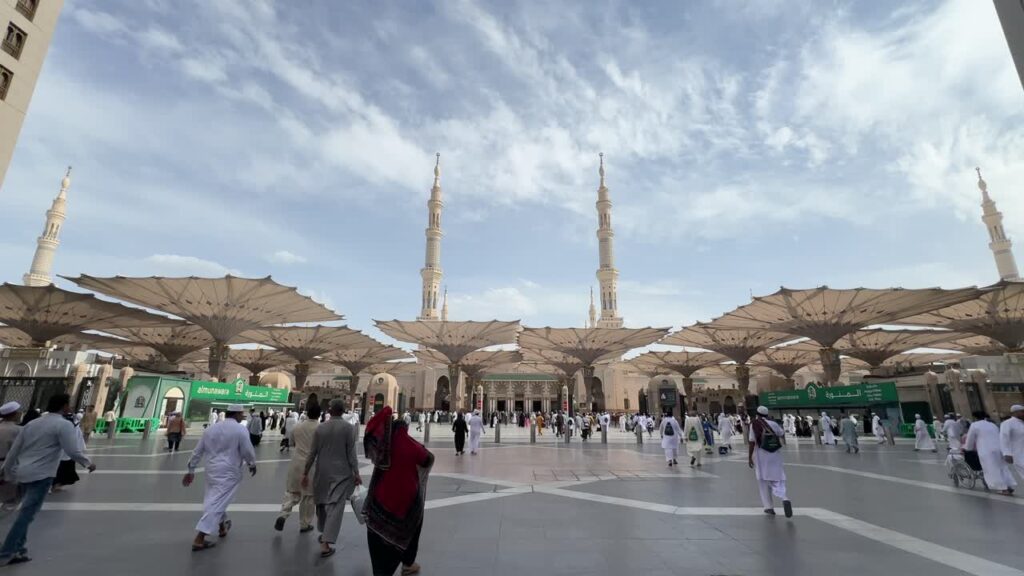
The Prophet’s Mosque (Masjid an-Nabawi) in Madinah is another central destination for pilgrims. This mosque is also equipped with ramps, elevators, and wheelchair-friendly prayer areas. The vast courtyards provide space for wheelchair users to pray comfortably while being part of the congregation.
Wheelchair rentals are available near the mosque, and hotel staff in Madinah can also help arrange these services. Accessibility here extends beyond prayer spaces to restrooms and entrances, making it easier for pilgrims to move around.
Benefits of Accessibility Services
Accessibility services provide several benefits that go beyond physical ease. They allow pilgrims to focus fully on their worship without the distraction of discomfort or pain. They also foster independence, giving individuals the confidence to perform rituals without depending entirely on others.
Moreover, accessibility services reduce the risk of accidents in crowded environments. By using designated wheelchair routes, pilgrims can avoid pushing through dense crowds, which makes the experience calmer and safer.
Tips for Pilgrims Using Wheelchairs
For those planning to use wheelchairs during their pilgrimage, preparation is key. Booking rentals in advance is highly recommended during busy seasons. Pilgrims should also carry essential items such as cushions, anti-chafing cream, and water to stay comfortable during long rituals.
It is also helpful to familiarize yourself with the layout of the Haram before arriving. Knowing where ramps, elevators, and accessible entrances are located can save time and reduce stress. Many mobile apps and official websites now provide maps of accessibility features.
Support from Volunteers and Staff
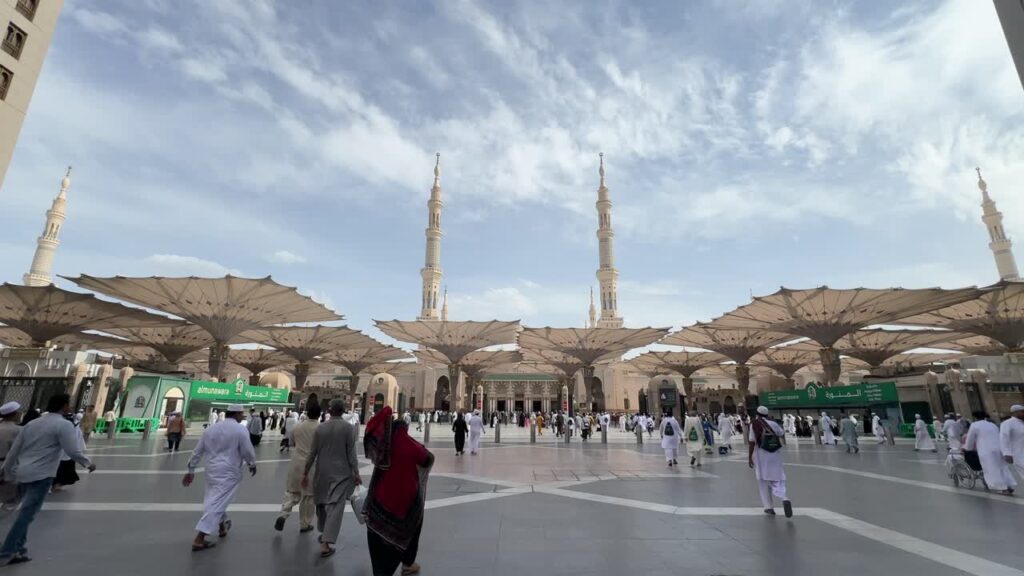
One of the remarkable aspects of the Haramain is the availability of volunteers and staff who assist pilgrims in need. From guiding wheelchair users to designated areas to helping with rituals, these individuals play an essential role in ensuring accessibility.
Some services are free, while others may involve a small fee. Regardless, their presence offers peace of mind to pilgrims who may be anxious about managing their journey alone.
Accessibility Beyond the Mosques
Accessibility in the Haramain is not limited to the mosques themselves. Transportation services such as shuttle buses and taxis are also designed to accommodate wheelchairs. Many hotels in Makkah and Madinah provide accessible rooms, complete with ramps, wider doorways, and adapted bathrooms. Experienced Umrah Travel Agents often guide pilgrims toward these facilities, ensuring that travelers with special needs have a comfortable and stress-free stay.
Restaurants, shopping centers, and other facilities around the holy cities are increasingly incorporating accessibility features as well. This ensures that pilgrims can enjoy their stay with greater ease.
The Spiritual Value of Accessibility
Accessibility is more than just a physical or logistical issue. It reflects the inclusivity and unity of the Ummah, reminding us that every Muslim, regardless of their abilities, has the right to worship in the House of Allah. By providing these services, the Haramain ensures that no one is left behind in experiencing the blessings of Umrah and Hajj.
This inclusivity enhances the spiritual atmosphere of the holy sites, creating a sense of equality among all worshippers. It emphasizes that devotion to Allah is what matters most, not physical capability.
Preparing Financially for Accessibility Services
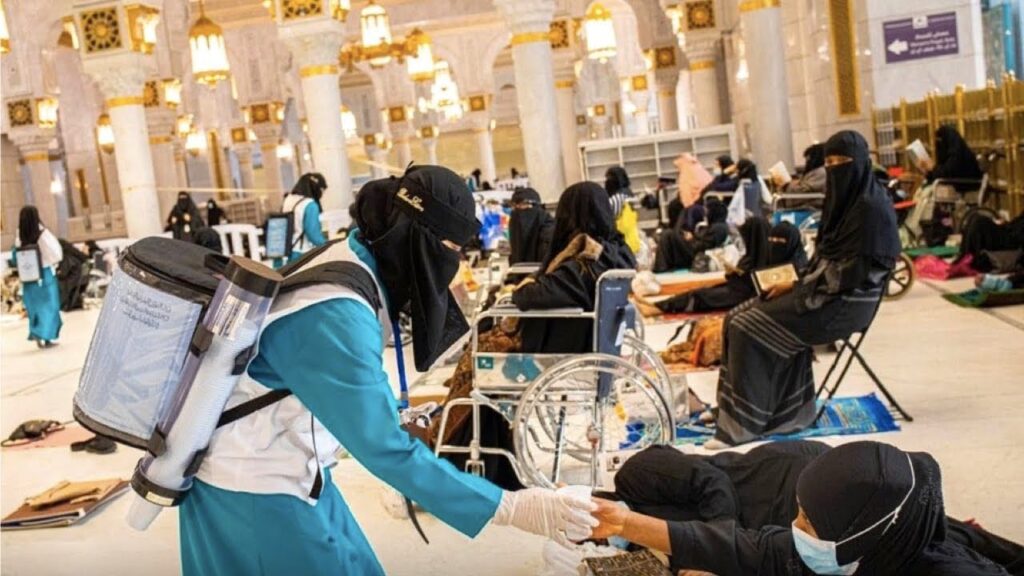
While many accessibility features are free, some services, such as renting electric wheelchairs, come at a cost. Pilgrims should include these expenses in their overall budget to avoid surprises. The price may vary based on duration, type of device, and season.
Booking through trusted providers or asking for recommendations from your travel agent can help you secure reliable services at fair prices. Transparency in cost is important to prevent misunderstandings during the pilgrimage.
Advice for Families Accompanying Wheelchair Users
Families play an important role in supporting pilgrims with accessibility needs. They should remain patient and attentive, helping with navigation and ensuring the comfort of their loved ones. Using organized wheelchair services can also ease the burden on family members.
By planning ahead together, families can focus on the spiritual aspects of the journey rather than worrying about logistics. This teamwork ensures a smoother and more rewarding pilgrimage.
Continuous Improvements in Accessibility
Saudi Arabia continues to invest in upgrading accessibility features in the Haramain. Projects include adding more elevators, expanding accessible pathways, and training staff in assisting people with disabilities. These developments reflect the Kingdom’s commitment to making the holy sites inclusive for all Muslims.
Pilgrims can expect further improvements in the coming years as technology and infrastructure continue to advance. This ongoing commitment demonstrates the importance of accessibility in modern pilgrimages.
Benefits of Planning Accessibility in Advance
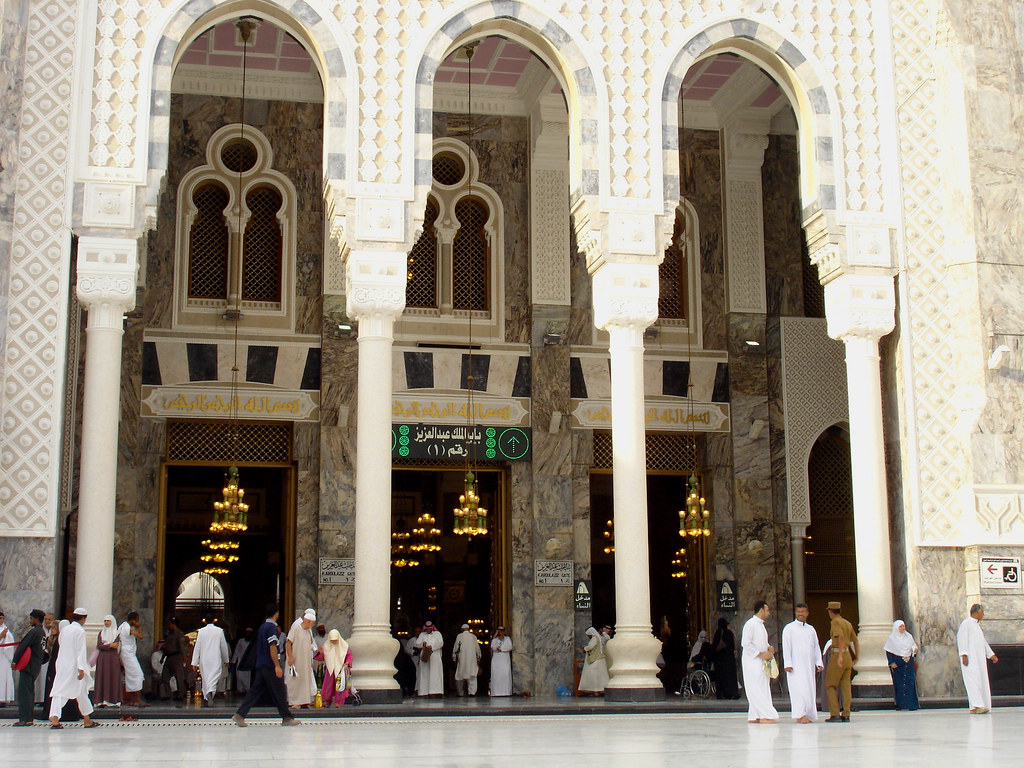
Planning accessibility ahead of time provides peace of mind. Pilgrims who know what to expect can focus on their spiritual duties rather than worrying about logistics. Advance preparation also ensures that necessary equipment is available and that services can be booked at reasonable prices.
This proactive approach enhances the overall experience and reduces stress for both pilgrims and their families. It transforms the journey into a smoother, more spiritually fulfilling experience.
Conclusion
Performing Umrah or Hajj is a deeply spiritual experience, and accessibility ensures that all Muslims can take part in this journey regardless of physical ability. Wheelchairs, ramps, volunteers, and specialized services help pilgrims focus on worship while minimizing physical strain.
As accessibility continues to improve in the Haramain, pilgrims with special needs can look forward to a journey that is not only manageable but also spiritually enriching. With careful planning and the right support, every pilgrim can experience the blessings of the sacred sites with comfort and dignity.


